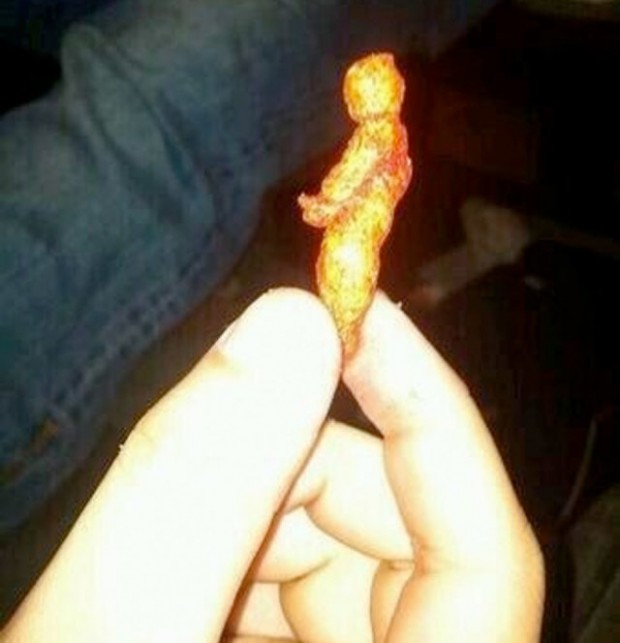
Image via: Gulliver’s Gate
- Come April 9th, the birthday of famous conceptual artist Marcel Duchamp, artnet is hoping Museums will let visitors in for free if they know the secret password, “R. Mutt”. MoMA won’t confirm if they are participating, so I guess there’s a glimmer of hope. [artnet News]
- Oooh, my favorite: Art world horoscopes! I think they hate Taurus’s over at Hyperallergic, though, because we’re always getting beaten down in our predictions. They’re calling this an Ana Mendieta month! Guys, you know she ended up dead, right? Meanwhile Sagittarius is slated to have a retrospective because this is the month they realize all their long term projects. [Hyperallergic]
- Artist Tony Conrad has a saying, “Life is too rich to finish everything.” That’s a positive spin on all the things we can’t get done. In this article by digital artist Cory Arcangel he discusses “Music and the Mind of the World”, a project Tony started in the 1970’s and continued for seven years, in which he recorded every encounter he had with a piano. When he was done, he had more than 200 hours of sound, which was impossible to publish. Well, thanks to digital technology, not any more. [ARTnews]
- In just over a week, “S-Town” has attracted 1.8 million subscribers to its podcast feed. It’s a blockbuster. If you haven’t tuned in to this, make a point of doing so. It’s an outlier in the genre of real crime because the writer, Brian Reed, isn’t a documentarian – he’s a storyteller. (It’s produced by Serial and This American Life.) As such the narrative weaves back and forth in time, employs and exploits metaphor, and is propelled by the contradictions and complexities of its subjects, not just the stuff that happens to them. It’s extraordinarily compelling, not to mention consuming. [The New York Times]
- The Canal street building that once housed the famed art supply store, Pearl Paint will be converted into apartments. More condos for the hood? [Curbed]
- A $40 million diorama called Gulliver’s Gate, recreates some of the world’s most-beloved places. It went on display yesterday and will be on view in Times Square. You have to buy tickets to see it. [Gothamist]







